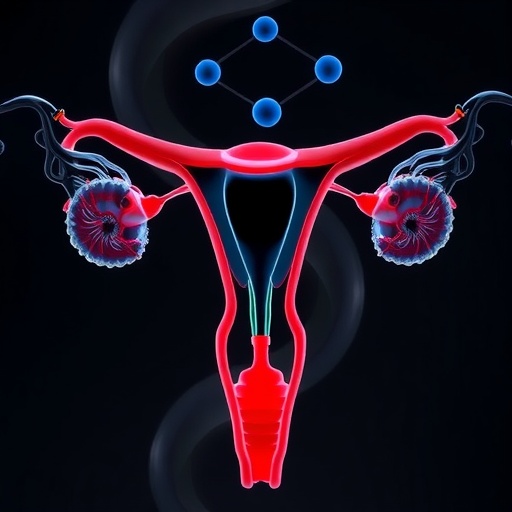PITTSBURGH–Will a robot take away my job? Many people ask that question, yet policymakers don't have the kind of information they need to answer it intelligently, say the authors of a new study from the National Academies of Sciences, Engineering and Medicine (NASEM).
"Policymakers are flying blind into what has been called the fourth industrial revolution," said Tom M. Mitchell, the E. Fredkin University Professor in the Carnegie Mellon University School of Computer Science, and Erik Brynjolfsson, the Schussel Family Professor in the MIT Sloan School of Management, co-chairs of the NASEM study.
Government agencies need to collect different kinds of labor data to accurately assess and predict how computer and robotic technologies will affect the workplace, Mitchell and Brynjolfsson said. Failure to do so could, at best, result in missed opportunities; at worst, it could be disastrous.
The study, "Information Technology and the U.S. Workforce: Where Are We and Where Do We Go From Here," and a related commentary by Mitchell and Brynjolfsson was published today by the journal Nature.
Information technology, artificial intelligence and robotics will affect almost all occupations, but how that will occur for each is unclear. Many people will be displaced by technology, while the demand for other jobs will increase. New industries will be born and other as-yet-unimagined jobs will be created.
These future effects likely will be larger than have already been seen, the NASEM report says, but it's hard to say definitively if technology will expand or shrink the workforce.
"There is a dramatic shortage of information and data about the exact state of the workforce and automation, so policymakers don't know answers to even basic questions such as 'Which types of technologies are currently having the greatest impacts on jobs?' and 'What new technologies are likely to have the greatest impact in the next few years?'" Mitchell said.
"Our NASEM study report details a number of both positive and negative influences technology has had on the workforce," Mitchell said. "These include replacing some jobs by automation, creating the opportunity for new types of freelance work in companies like Uber and Lyft, and making education and retraining courses available to everyone through the internet. But nobody can judge today the relative impact these different forces have made on the workforce, or their net outcome."
More research is needed to better understand these different influences of technology on the workforce, and how they will add up. Automation is better than humans at some tasks, but not all. Routine information-processing and manual tasks are readily automated, for instance, but people remain more creative and adaptable, and have better interpersonal skills. Some occupations may be reorganized accordingly and some skills that today aren't recognized or directly compensated may grow in value.
The NASEM panel recommended that to prepare students for a constantly changing workforce, schools should focus attention on those uniquely human characteristics that could differentiate people from machines in the workplace, and emphasize training in fields expected to drive the future economy.
The panel said new data sources, methods and infrastructures are necessary to support this research. In their Nature commentary, Mitchell and Brynjolfsson go further, calling for the government to create an integrated information strategy to combine public and privately held data.
"Governments must learn the lessons that industry has learned over the past decade, about how to take advantage of the exploding volume of online, real-time data to design more attractive products and more effective management policies," Mitchell said.
Similarly, he and Brynjolfsson argue, governments must shift from the current "plan then implement" paradigm for making policy, to a more iterative "sense and respond" paradigm that monitors the impacts of new policies, measures their effectiveness and adapts to optimize those policies based on their observed impacts.
###
About Carnegie Mellon University: Carnegie Mellon is a private, internationally ranked research university with programs in areas ranging from science, technology and business, to public policy, the humanities and the arts. More than 13,000 students in the university's seven schools and colleges benefit from a small student-to-faculty ratio and an education characterized by its focus on creating and implementing solutions for real problems, interdisciplinary collaboration and innovation.
Media Contact
Byron Spice
[email protected]
412-268-9068
@CMUScience
http://www.cmu.edu
############
Story Source: Materials provided by Scienmag




